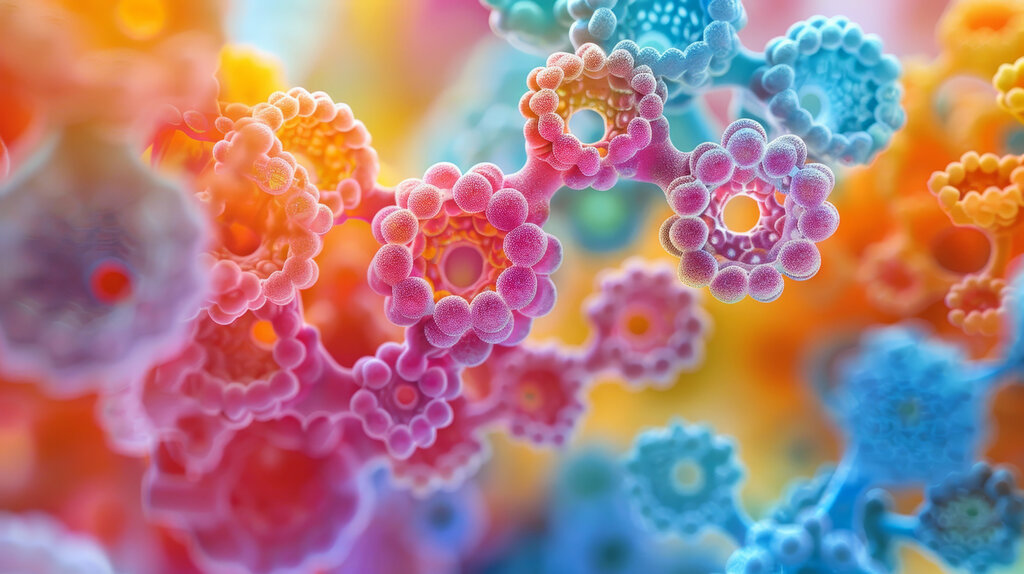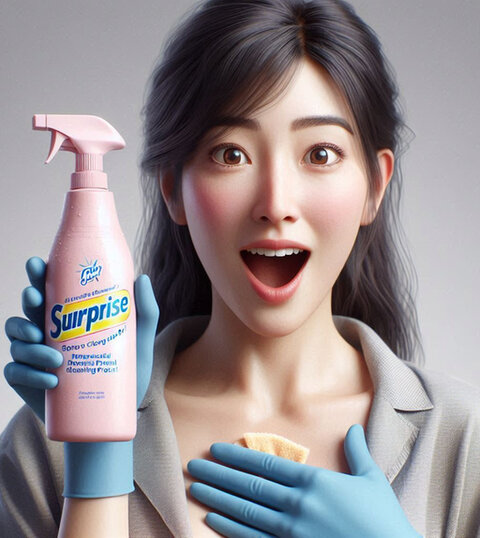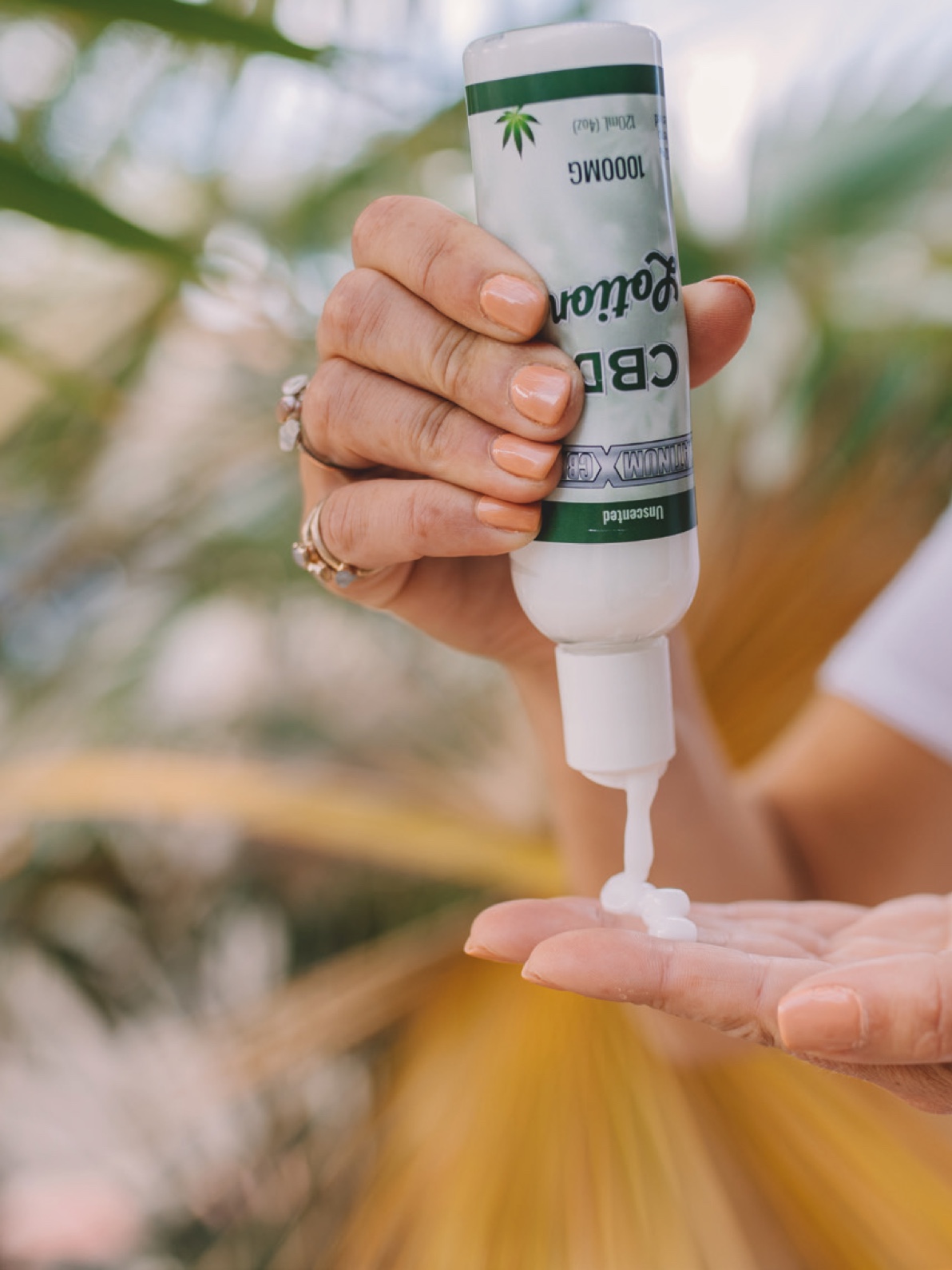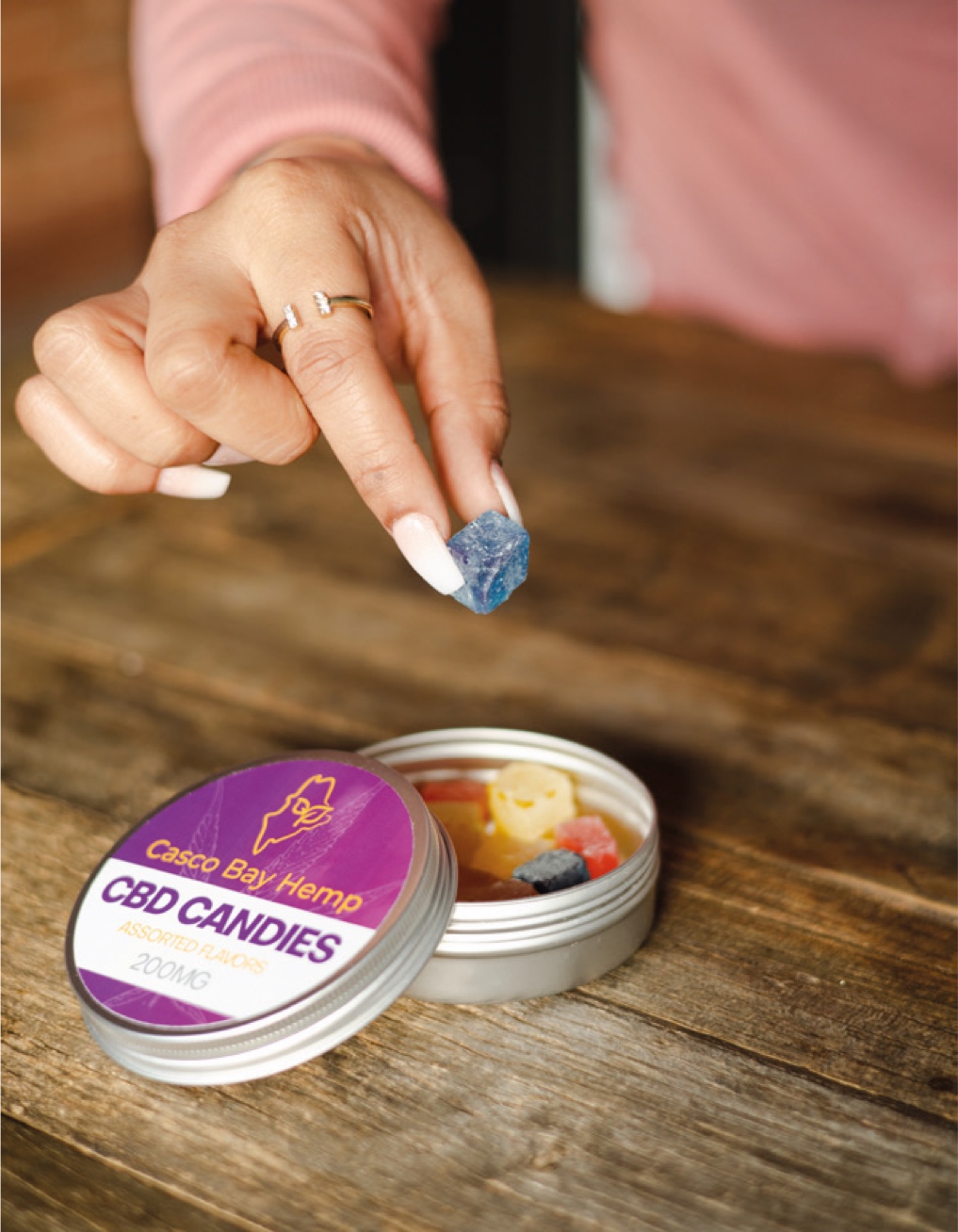COLUMN: SURFACTANTS INSIGHTS
So..What’s New?
KEYWORDS —
Abstract
Studies of major depressive disorder have been correlated with reduced Lactobacillus and Bifidobacteria and symptom severity has been correlated to changes in Firmicutes, Actinobacteria, and Bacteriodes. Gut microbiota that contain more butyrate producers have been correlated with improved quality of life (1).
A study in healthy women providing probiotic yogurt for four weeks showed an improvement in emotional responses as measured by brain scans (2). A subsequent study by Mohammadi et al. (3) investigated the impacts of probiotic yogurt and probiotic capsules over 6 weeks and found a significant improvement in depression-anxiety-stress scores in subjects taking the specific strains of probiotics contained in the yogurt or capsules. Other studies with probiotics have indicated improvements in depression scores, anxiety, postpartum depression and mood rating in an elderly population (4-7).
Other studies have indicated a benefit of probiotic supplementation in alleviating symptoms of stress. In particular, researchers have looked at stress in students as they prepared for exams, while also evaluating other health indicators such as flu and cold symptoms (1). In healthy people, there is an indication that probiotic supplementation may help to maintain memory function under conditions of acute stress.
“
“A study in healthy women providing probiotic yogurt for four weeks showed an improvement in emotional responses as measured by brain scans”
Biotic ingredients with a proven skin anti-ageing effect
“So… What’s new?” These three words can strike terror into the heart of the unprepared. For the prepared and self-confident, however, those same three words will gladden and excite. If you, as a sales or marketing person for a surfactant company, (That will be our scenario, although it can apply to any company.) do not have a good interesting answer to that question posed to you by, say, a customer, then shame on you! You should have ready to deploy, before the meeting even starts, an answer along the lines of “Well, there’s quite a lot new with us and a couple of things in particular that I think you’ll find relevant…” and off you go into a productive discussion for both of you. Contrast that with what sometimes happens (I’ve seen it!). “Er.. not much. How about with you?” “Oh same old”. Ugh. Death of salesman. Death of a meeting. Death, most likely of an important customer relationship.
So.. what’s new in surfactants? Actually a lot. I can say that with confidence after spending a couple of days with surfactants users, producers, distributors and technology providers at my 14th World Surfactants Conference in Jersey City, Early May. Here are a few things I saw and heard there from speakers and attendees that readers may find interesting.
Attitude: A newcomer to our industry came to learn about surfactants and get to know some of the key needs in the value chain. After two days they said to me “Neil this industry is so open and willing to talk and learn about new things. I don't think I’ve seen an industry like this” This from someone active in new business ventures in many areas. He’s right of course. Are the people in our global industry open-minded and inquisitive? Yes. I also think the timing right now is particularly good for new technology and business practices given the keen interest in sustainability, particularly in the developed world, and the continuing growth of the surfactant consuming middle classes in Africa and Asia.
Novel Forms: A spinout company from the Auckland University of Technology, New Zealand, Spherelose, has developed a surfactant concept based on small spheres of cellulose, coated partially with a hydrophobic film and partially with a hydrophilic one. Amphiphilic. Just like a surfactant – but without the traditional tadpole (head and tail) like structure. Fascinating.
Novel Feeds: A UK company, Econic, is using captured carbon dioxide to build renewable chemicals and have made good inroads into polyols for coatings. Their next frontier is surfactants, built on novel structures. Worth keeping an eye on.
Drop-ins: Geno (formerly Genomatica) is well known to many readers. Their recently formed Joint Venture with Kao, L’Oreal and Unilever, called Future Origins, is focused on making detergent range (C12 - 14) alcohols via fermentation. Renewable carbon obviously. The technology is the original LS-9 E. Choli fermentation, acquired by Geno from the Renewable Energy Group.

On stage, in a large discussion panel, we had a number of relatively new manufacturers of biosurfactants and biobased surfactants. These included some well known and lesser known names. Sasol has been very active in marketing their sophorolipids, manufactured by Holiferm. Holiferm themselves are also taking these products to market under their own branding and have invested in both manufacturing and sales capability. Amphistar of Belgium recently raise a new round of equity and hired a new CEO to take their sophorolipid business more fully into the commercial realm. Dispersa is a very new Canadian sophorolipid company. And of course Locus, who have sunk a lot of time and capital into their sophorolipid business. Are sophorolipids even new any more? They are certainly mainstream in terms of being known, but certainly not yet a significant part of the market in volume terms. Ruby Bio is coming to market with glycolipids of a slightly different structure to sophorolipids but still produced via fermentation. Finally Integrity Bio has a business built around new biobased products; first in the oilfield and now, more recently, in cosmetics and personal care.
There’s more. Since the conference, I’ve spoken to a brand new company coming out of UK’s Cambridge University, Bravely Cultured, with new surfactant chemistry derived from marine biology. I’ve also become aware of an early stage Danish biotech company, Norfalk, backed by Novo-Nordisk, making surfactants that are not your regular sophoro or rhamno lipids.
All the above is worth keeping an eye on and I haven’t even touched on the process technology innovations being continually advanced by companies like Thyssen Krup, Ballestra and Buss Chemtech. I’ve also not discussed the major initiatives in biomass balance surfactant products and intermediates from companies like Shell, Ineos, BASF, CEPSA and others. Biomass balance is likely the only way that, by 2030, many of the consumer products companies’ sustainability goals can be met.
So, there we are. A lot of very interesting new developments in the world of surfactants and I have provided just a sampling of them. New is important. I believe that there’s no such thing as standing still. You’re either moving forward or backward. My recommendation? Move forward. It’s more rewarding and more fun, and at the very least, gives you something to talk about.
Neil

Biotic ingredients with a proven skin anti-ageing effect
Studies of major depressive disorder have been correlated with reduced Lactobacillus and Bifidobacteria and symptom severity has been correlated to changes in Firmicutes, Actinobacteria, and Bacteriodes. Gut microbiota that contain more butyrate producers have been correlated with improved quality of life (1).
A study in healthy women providing probiotic yogurt for four weeks showed an improvement in emotional responses as measured by brain scans (2). A subsequent study by Mohammadi et al. (3) investigated the impacts of probiotic yogurt and probiotic capsules over 6 weeks and found a significant improvement in depression-anxiety-stress scores in subjects taking the specific strains of probiotics contained in the yogurt or capsules. Other studies with probiotics have indicated improvements in depression scores, anxiety, postpartum depression and mood rating in an elderly population (4-7).
Other studies have indicated a benefit of probiotic supplementation in alleviating symptoms of stress. In particular, researchers have looked at stress in students as they prepared for exams, while also evaluating other health indicators such as flu and cold symptoms (1). In healthy people, there is an indication that probiotic supplementation may help to maintain memory function under conditions of acute stress.


Studies of major depressive disorder have been correlated with reduced Lactobacillus and Bifidobacteria and symptom severity has been correlated to changes in Firmicutes, Actinobacteria, and Bacteriodes. Gut microbiota that contain more butyrate producers have been correlated with improved quality of life (1).
A study in healthy women providing probiotic yogurt for four weeks showed an improvement in emotional responses as measured by brain scans (2). A subsequent study by Mohammadi et al. (3) investigated the impacts of probiotic yogurt and probiotic capsules over 6 weeks and found a significant improvement in depression-anxiety-stress scores in subjects taking the specific strains of probiotics contained in the yogurt or capsules. Other studies with probiotics have indicated improvements in depression scores, anxiety, postpartum depression and mood rating in an elderly population (4-7).
Other studies have indicated a benefit of probiotic supplementation in alleviating symptoms of stress. In particular, researchers have looked at stress in students as they prepared for exams, while also evaluating other health indicators such as flu and cold symptoms (1). In healthy people, there is an indication that probiotic supplementation may help to maintain memory function under conditions of acute stress.
References and notes
- Arenas-Jal M, Suñé-Negre JM, Pérez-Lozano P, García-Montoya E. Trends in the food and sports nutrition industry: A review. Critical Reviews in Food Science and Nutrition. 2020;60(14):2405-21.
- Angus A. Top 10 Global Consumer Trends for 2018: Emerging Forces Shaping Consumer Behaviour: Euromonitor International; 2018 (Available from: https://tourismaccommodation.com.au/wp-content/uploads/2018/03/Top10-Global-consumer-trends-for2018.pdf.
- Labrecque LavdE, Jonas and Mathwick, Charla and Novak, Thomas and Hofacker, Charles. Consumer Power: Evolution in the Digital Age. Journal of Interactive Marketing 2013;27.
- Dunford M. Fundamentals of Sport and Exercise Nutrition 2010.
- Galaz GA. Chapter 20 - An Overview on the History of Sports Nutrition Beverages. In: Bagchi D, Nair S, Sen CK, editors. Nutrition and Enhanced Sports Performance. San Diego: Academic Press; 2013. p. 205-10.
- Bird SP. Creatine supplementation and exercise performance: a brief review. J Sports Sci Med. 2003;2(4):123-32.
- Schofield L. Vitamin Retailer The Dietary Supplement Industry Leading Magazine 2022 (Available from: https://vitaminretailer.com/activating-your-fitness-nutrition-department/.
- Newman JI, Xue H, Watanabe NM, Yan G, McLeod CM. Gaming Gone Viral: An Analysis of the Emerging Esports Narrative Economy. Communication & Sport. 2020:2167479520961036.
- Tartar JL, Kalman D, Hewlings S. A Prospective Study Evaluating the Effects of a Nutritional Supplement Intervention on Cognition, Mood States, and Mental Performance in Video Gamers. Nutrients. 2019;11(10).

